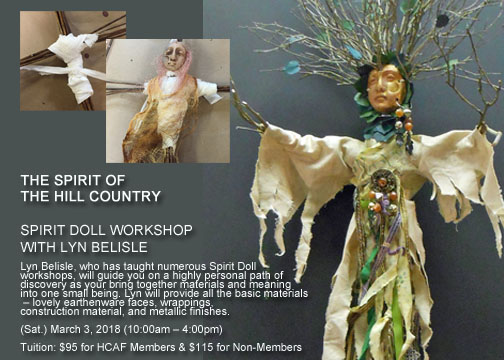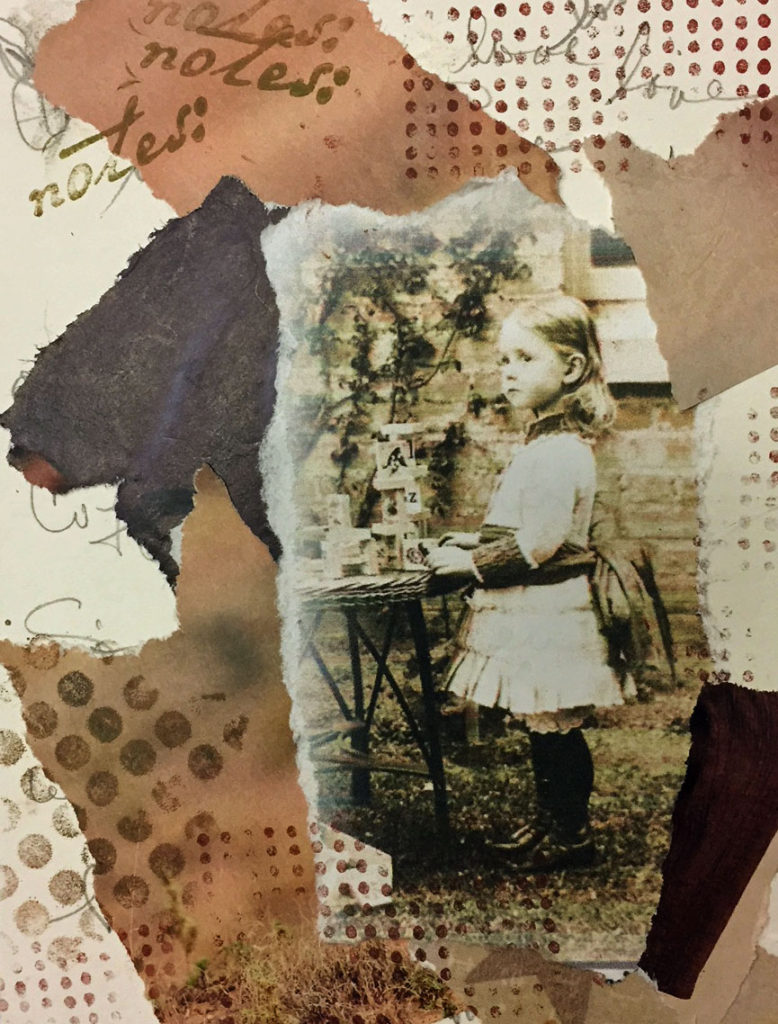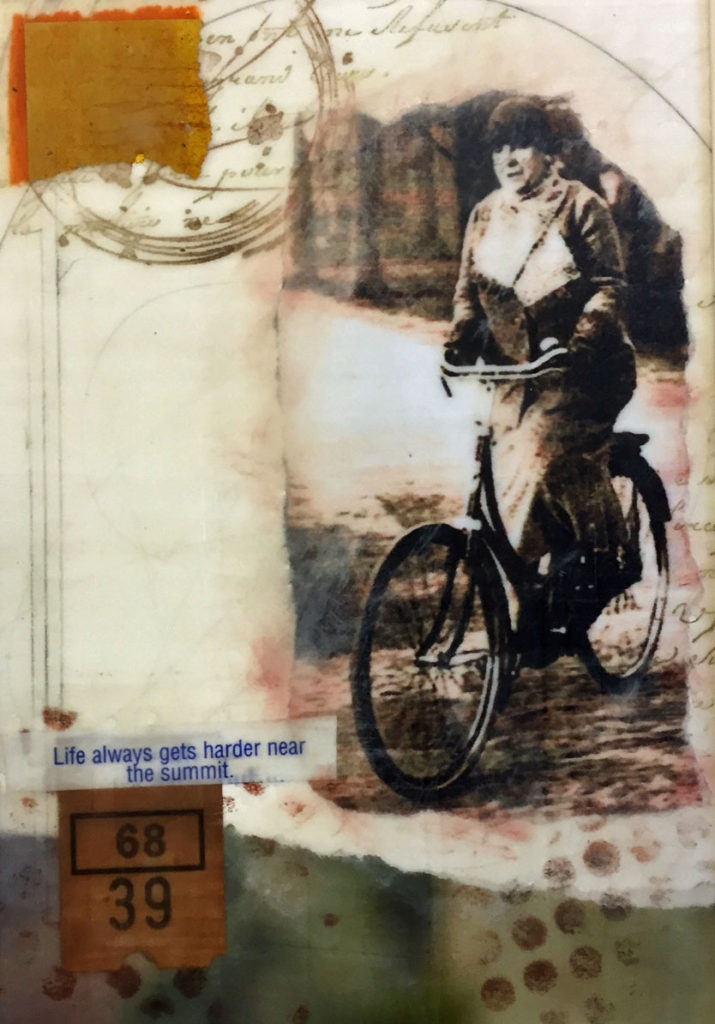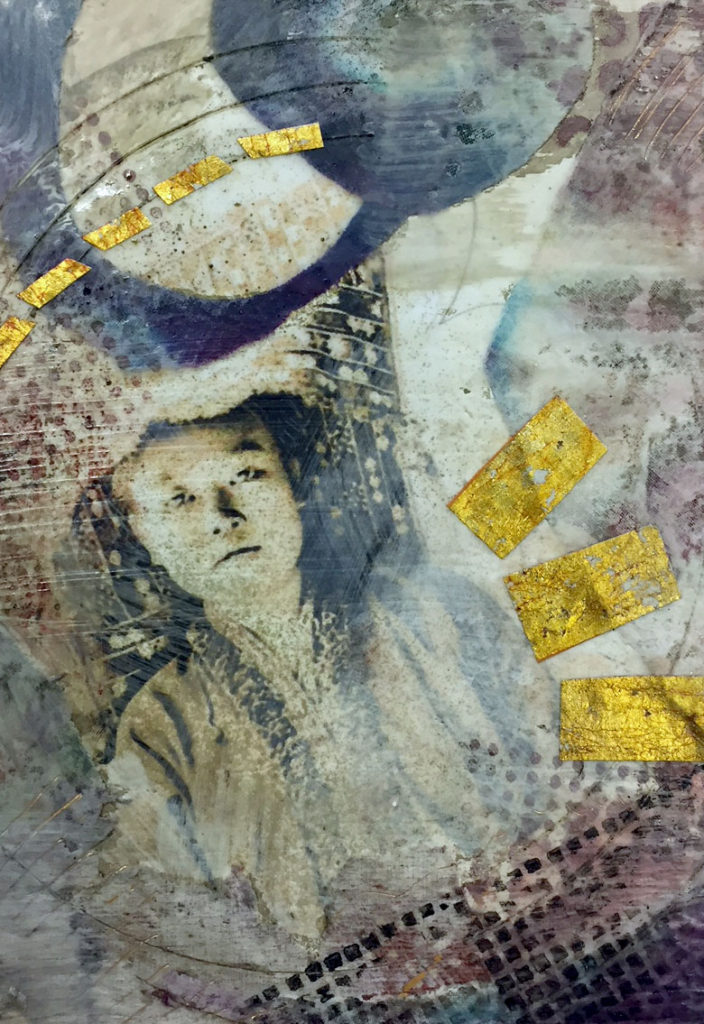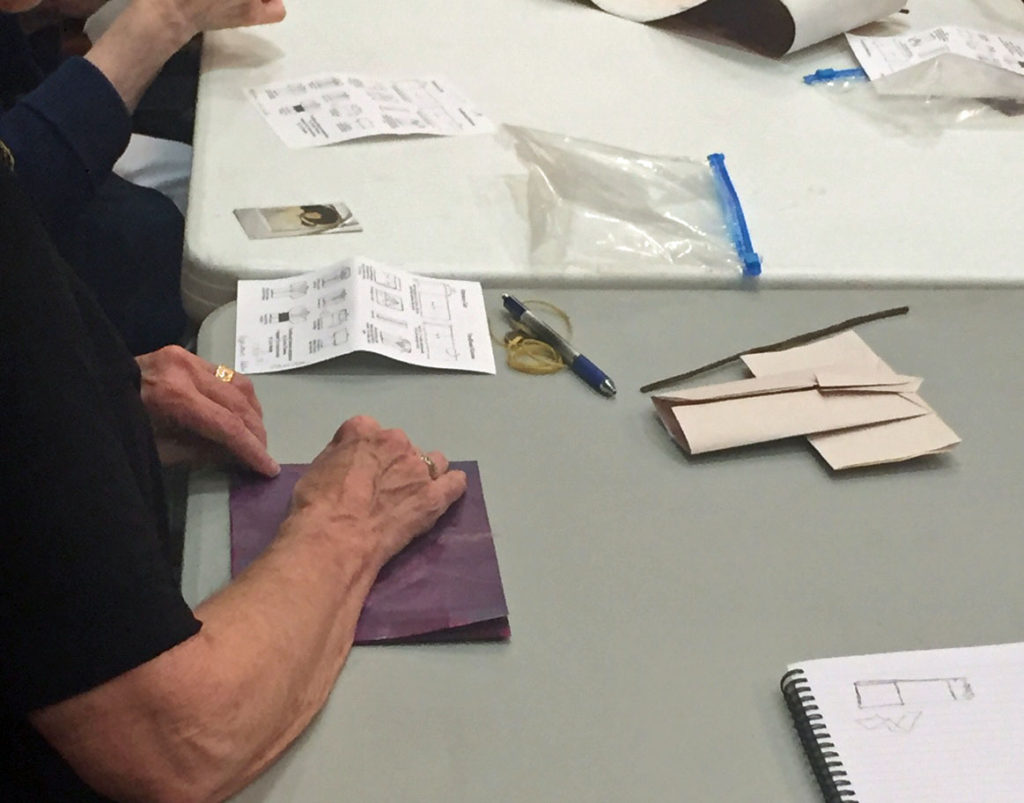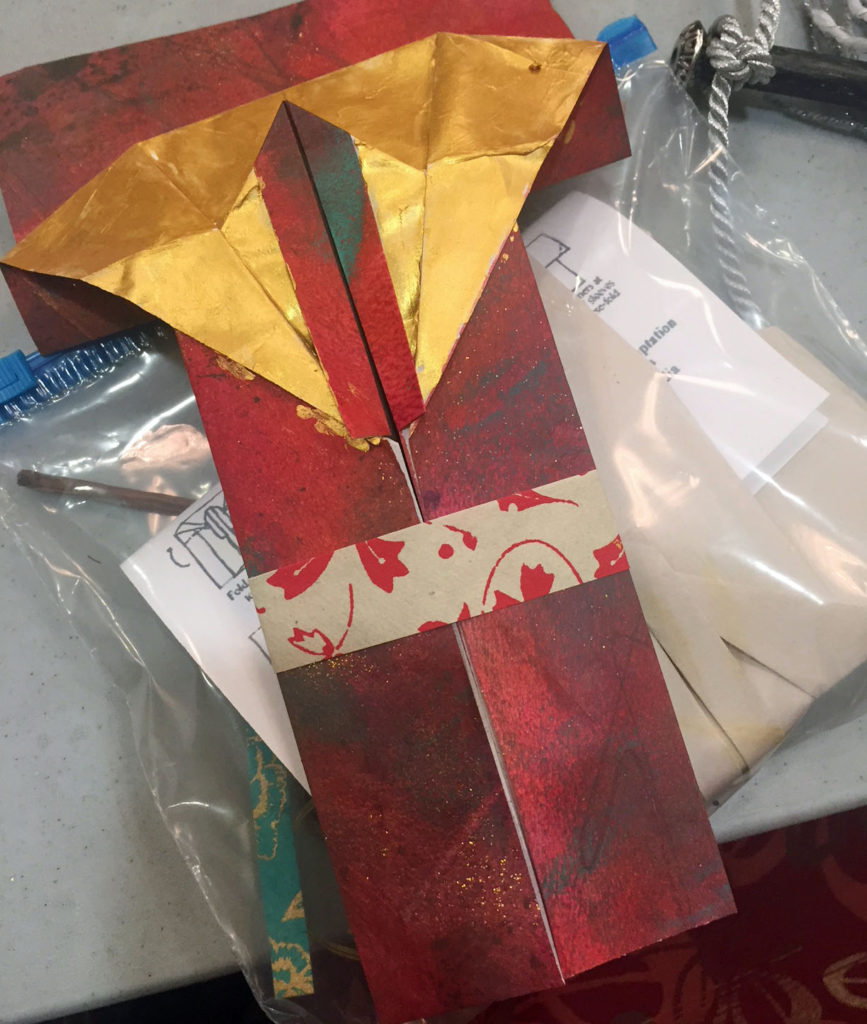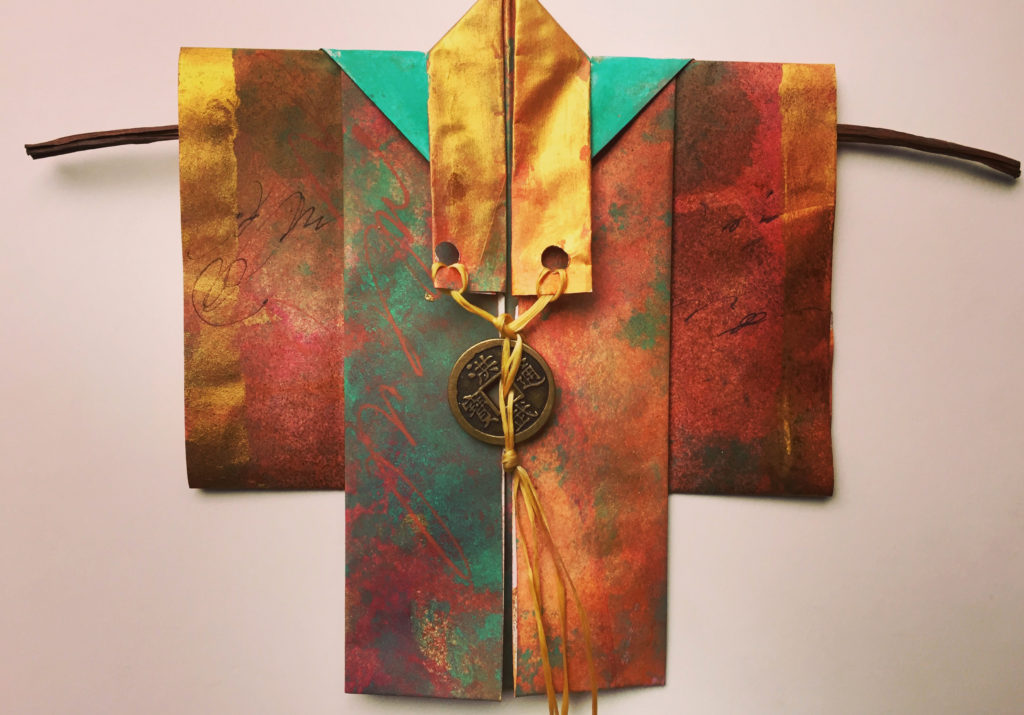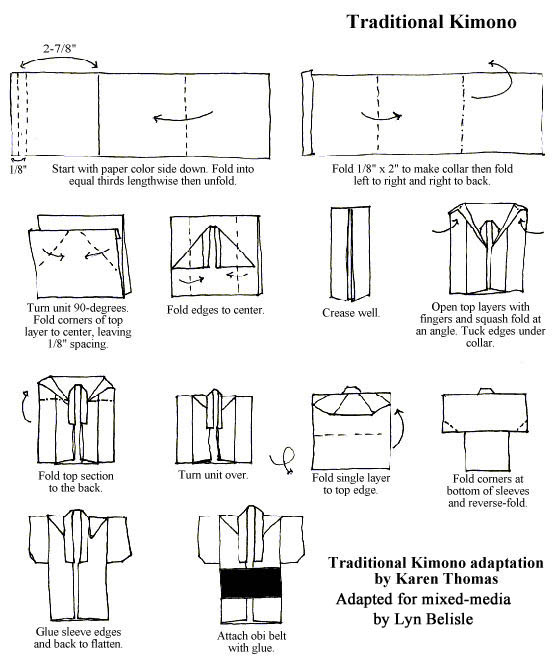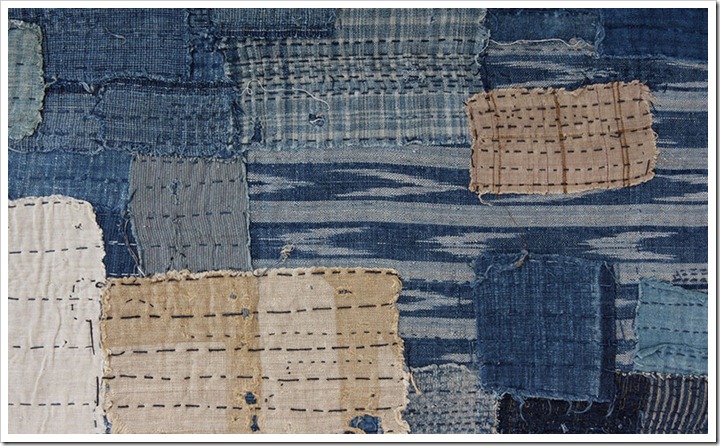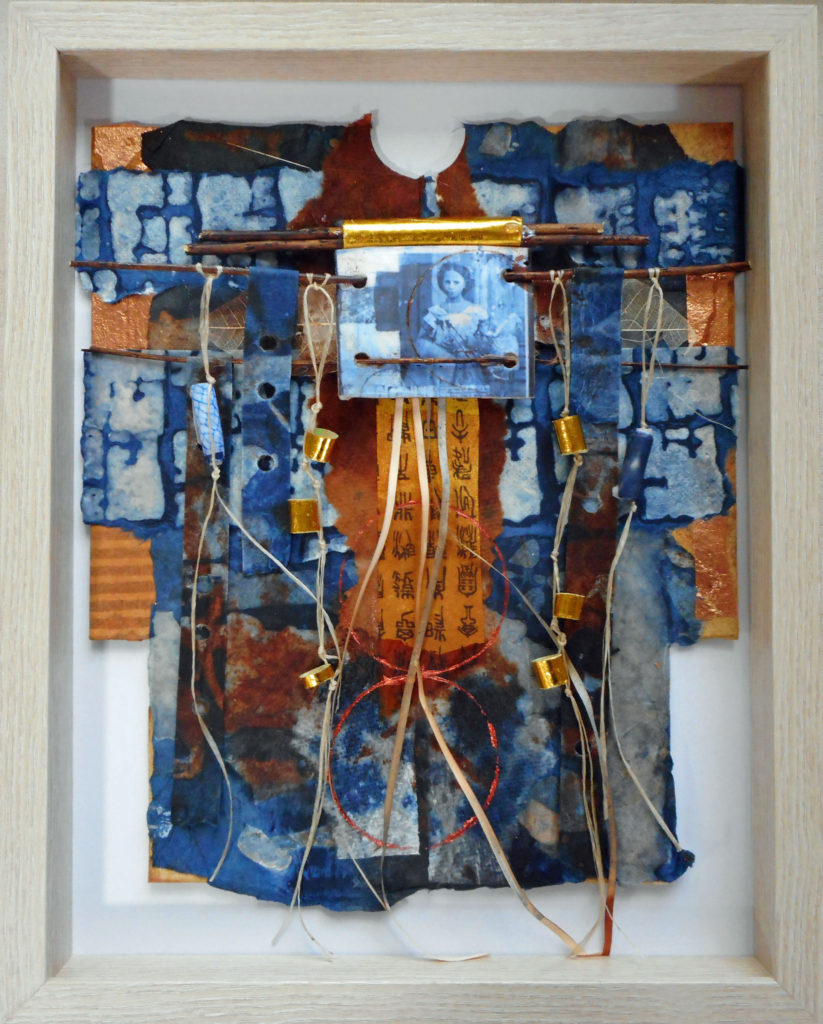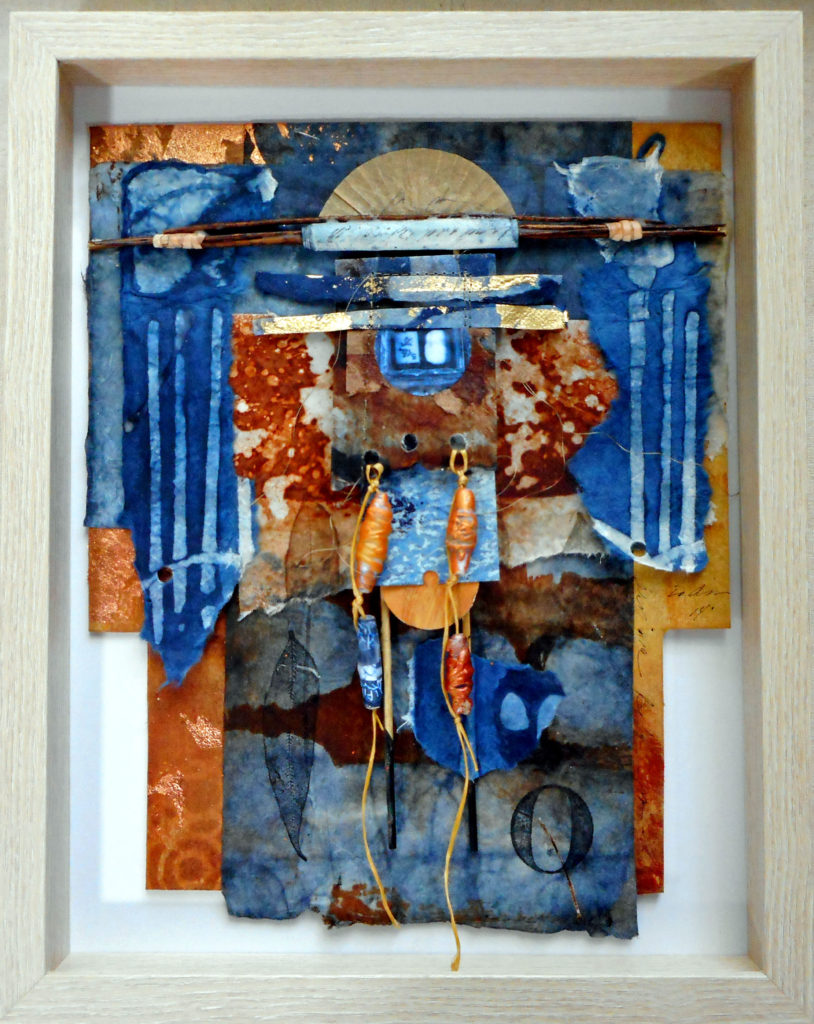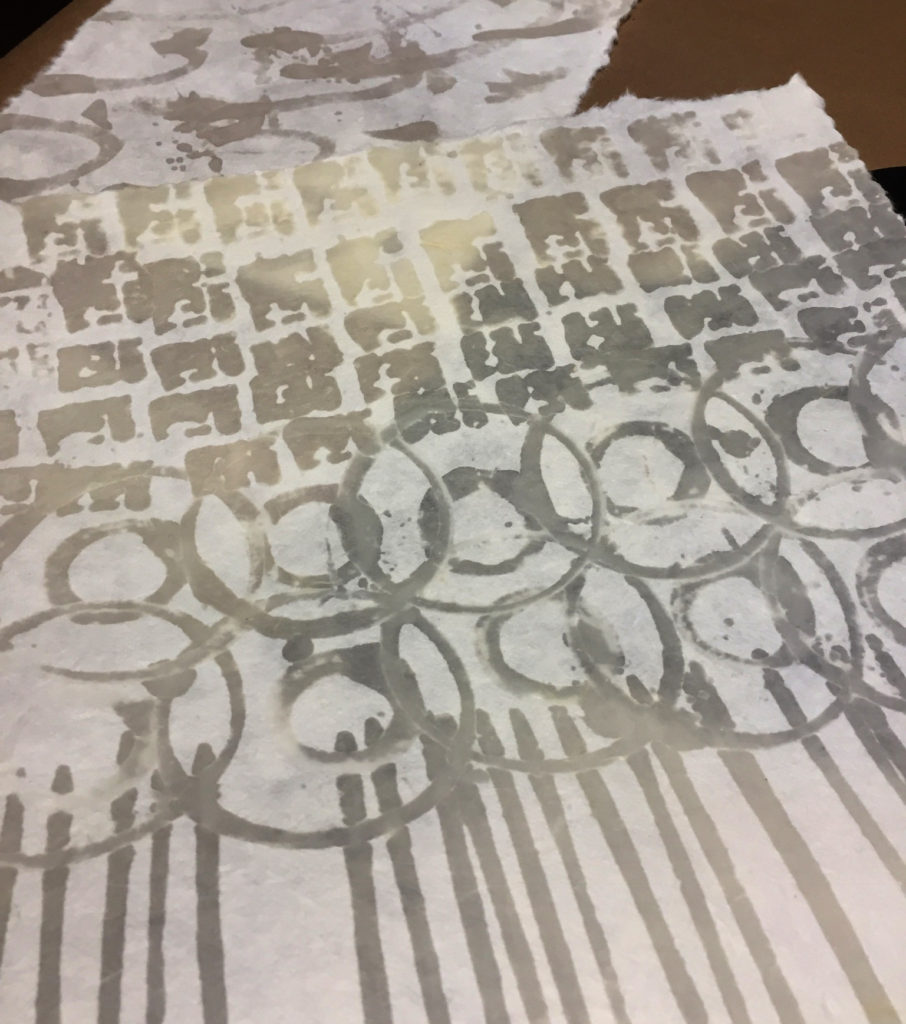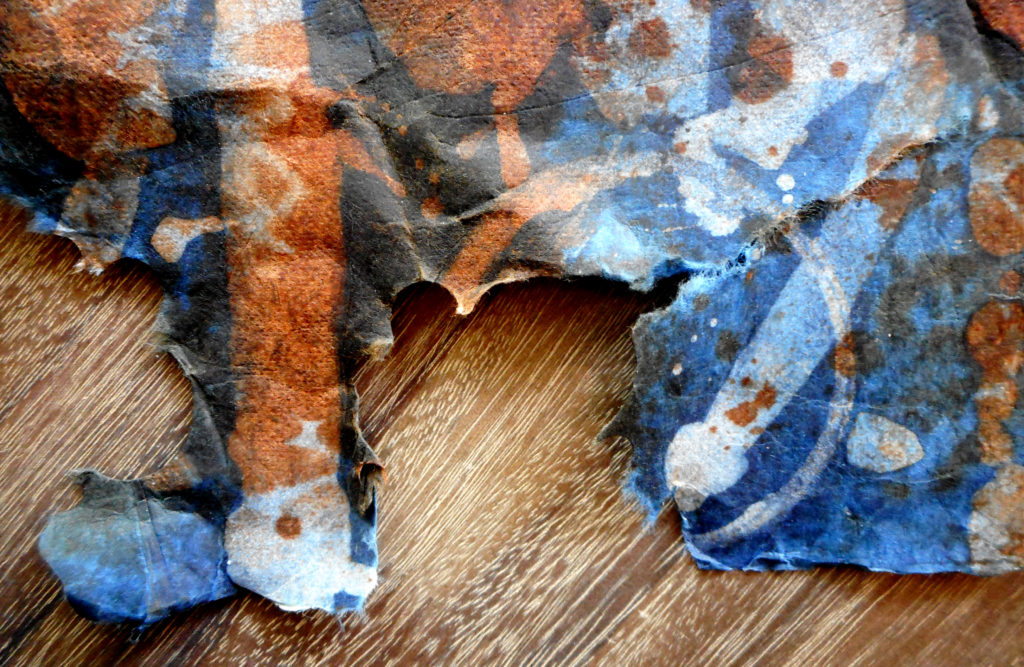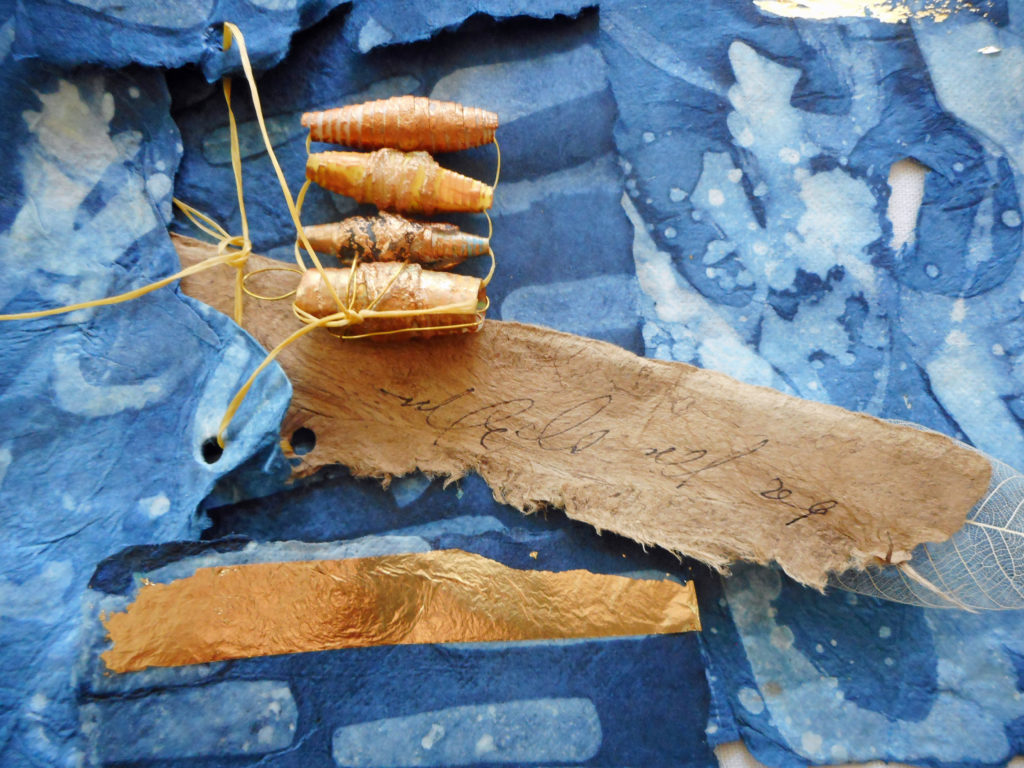When times are turbulent, I keep telling myself, “Trust the Process.” This doesn’t mean doing nothing and just watching it all happen, but rather doing what we do best – creating with compassion and imagination in the certainly that adding beauty to the world fuels thoughtfulness and optimism.
Seeing what others are doing in this turbulent time brings me that sense of optimism – particularly when their art stems from our Teachable workshop community. And particularly when the subject is cats!
Willma Sliger’s Cat Shaman pieces are a perfect example of taking a basic idea (from my Cat Shaman online workshop) and just flying with it.
Wilma writes, As promised here are the Cat Shamans I have joyfully created. . . .Some have very old ticking . An evil eye brought back from Turkey by a friend. A replica of a coin given to men in old time saloons/bawdy houses. And lots more.
You are my antidote for covid. Seriously. Stay safe and well.
Love, Wilma the Desert Dweller
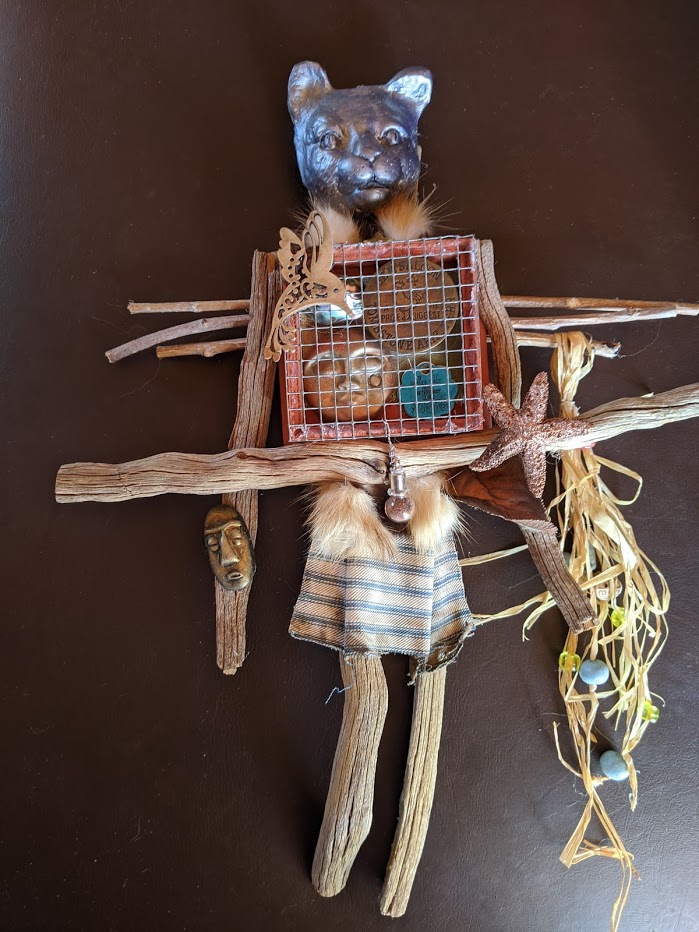
Wilma lives in Moab, Utah where she creates fabric & mixed media collages, incorporating photos and found objects with fabric to produce unique wall hangings. I told her I was stealing her idea of using a mesh screen on the Heart Box of her Shaman – it’s symbolic and mysterious.

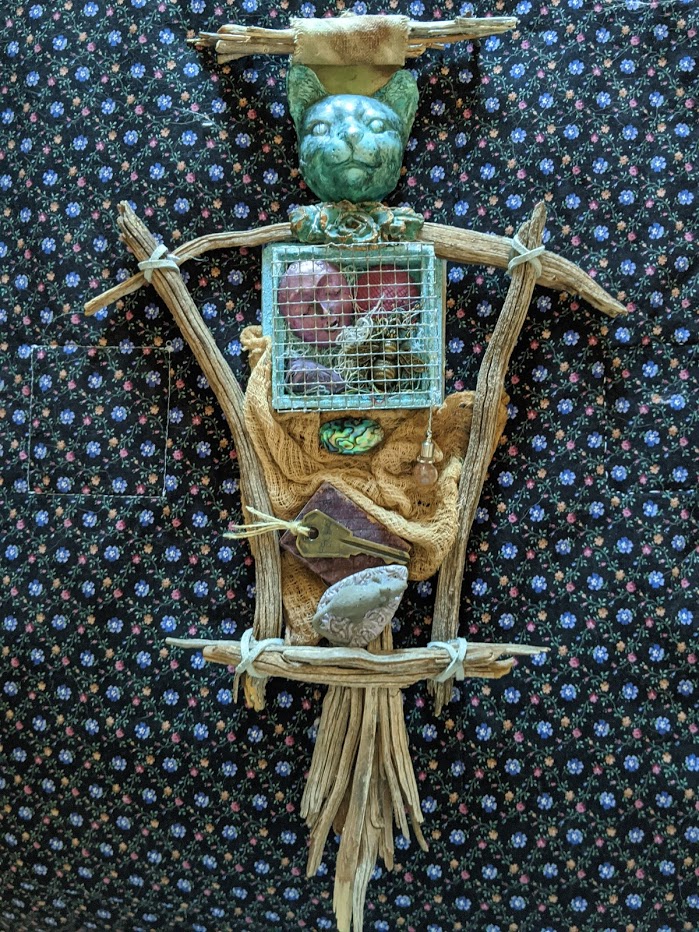
Here is another one of those great Heart Boxes filled with charms and found objects. I like the tied desert wood pieces as well.
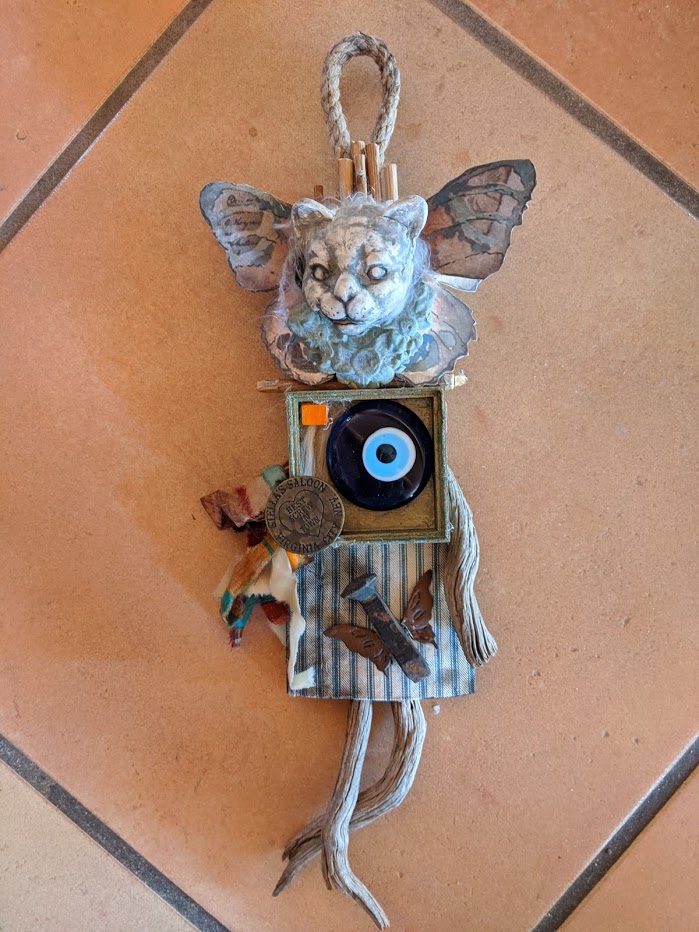
This Evil Eye fellow may be my favorite, all twisty and dance-y, with the lion-like head and butterfly wings.
I am so grateful to Wilma for sending these pictures – her work is artfully folk-like but complex, with a real sense of purpose in every assemblage.
So what do YOU do when you know you should be creating something for the good of you heart and soul, but you can’t get started because you don’t have an idea??
That’s an easy one – just get started, Grasshopper, and the Idea will come. Here’s an example.
Two days ago, I desperately needed to make some art so I could (at least briefly) focus on the creative rather than the political. Nothing inspiring struck. That’s rare. But I know if I did SOMETHING, I’d feel better, more optimistic.
So . . . I found a block of wood, and marked some holes. Two holes seemed like a good number. Maybe.
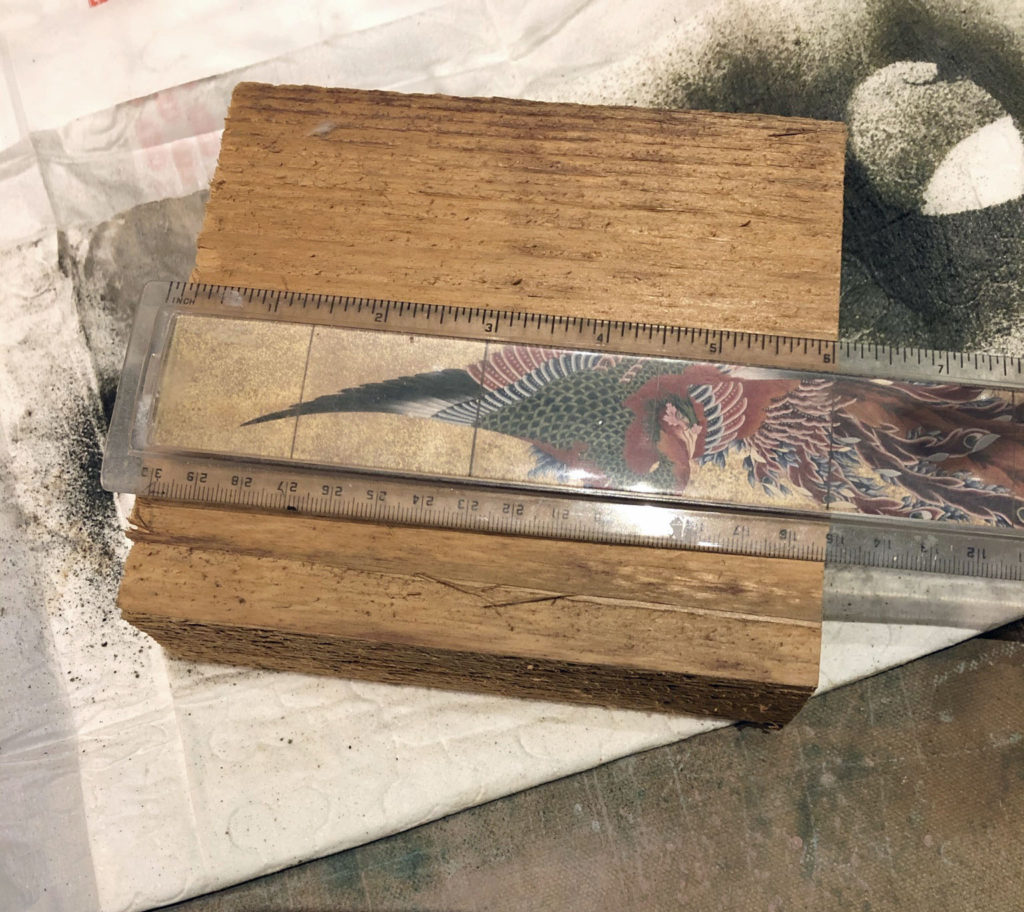
I got out my trusty cordless drill (every artist should have one of these) and drilled two holes.

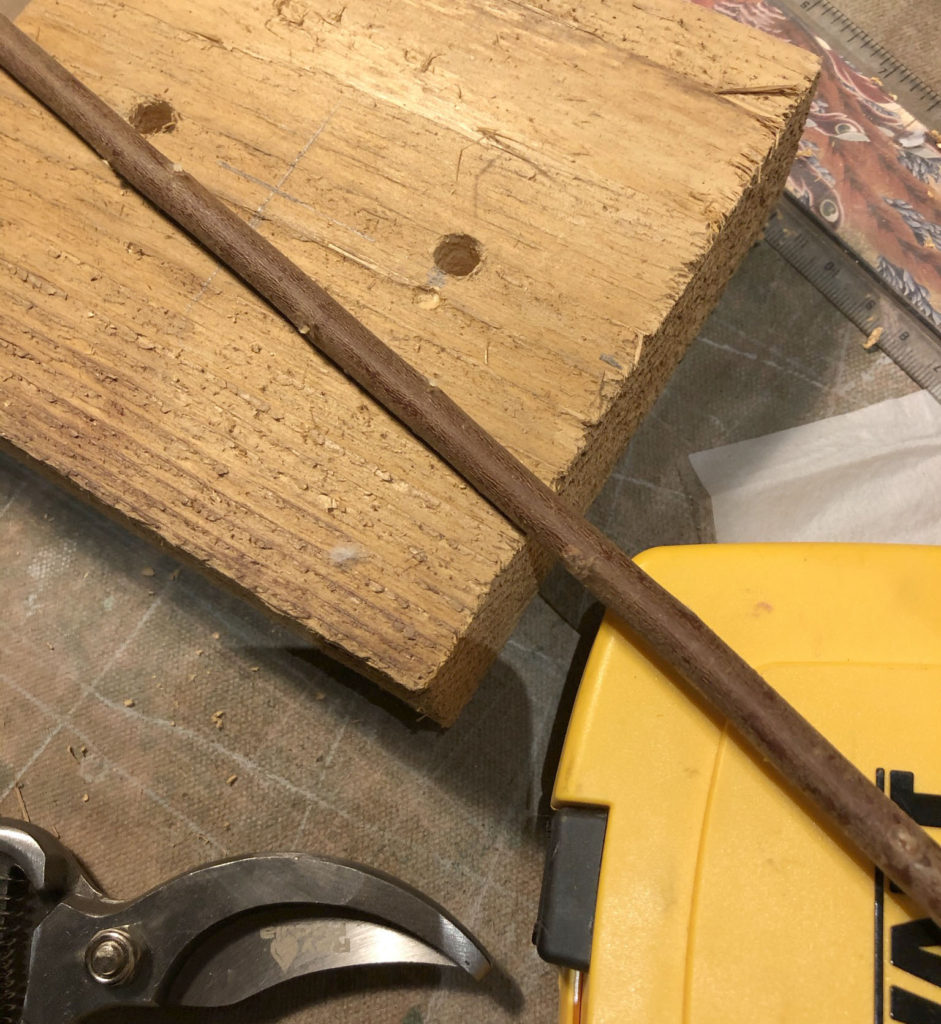
Then I cut some super-strong but slender bamboo sticks to about 18″ tall and stuck them in the holes.

Voila! It ain’t much yet, but it will be SOMETHING! Who knows what?? When I posted it to Instagram, my friends suggested it could be a two-legged table or a REALLY tall spirit doll.
I’m thinking it might be a sculpture with a body that’s shaped like a kimono with beeswax-coated pages that open and close. Maybe so, maybe not . . .but the whole process got me thinking in a new creative direction –
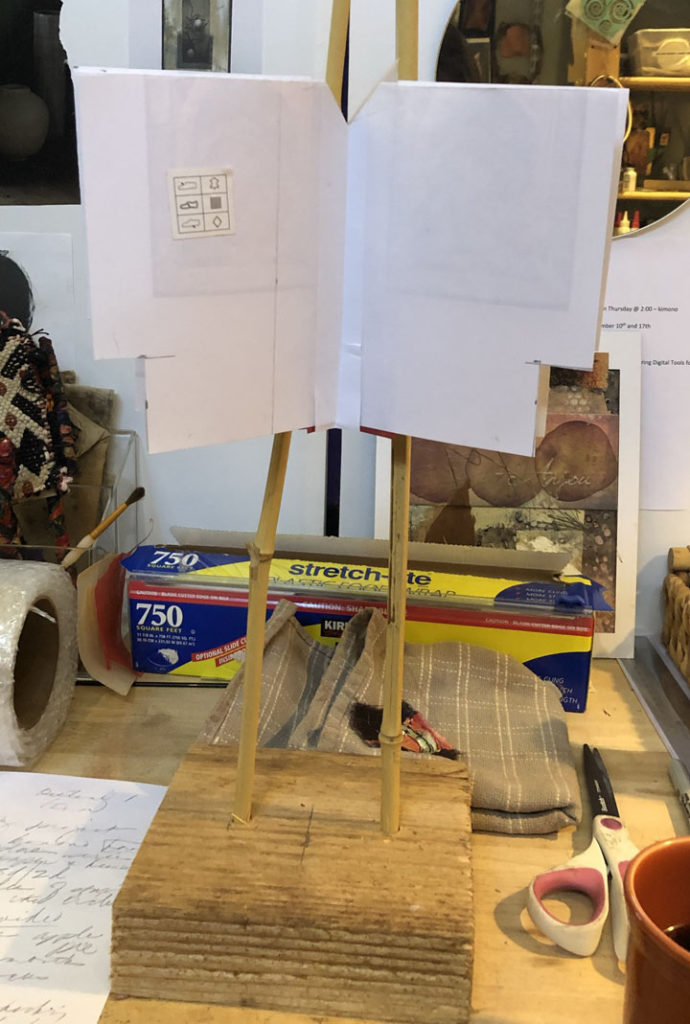
So the point is, you can’t “Trust the Process” if there isn’t a process to trust yet. Start something. Wrap some string around a stick. Pour the last of your morning coffee on a piece of watercolor paper. Unravel a worn-out sweater.
In the background, I can hear Wilma’s Cat Shamans saying, “The journey of a thousand miles begins with the first step, Grasshopper.” Pounce. Munch.

